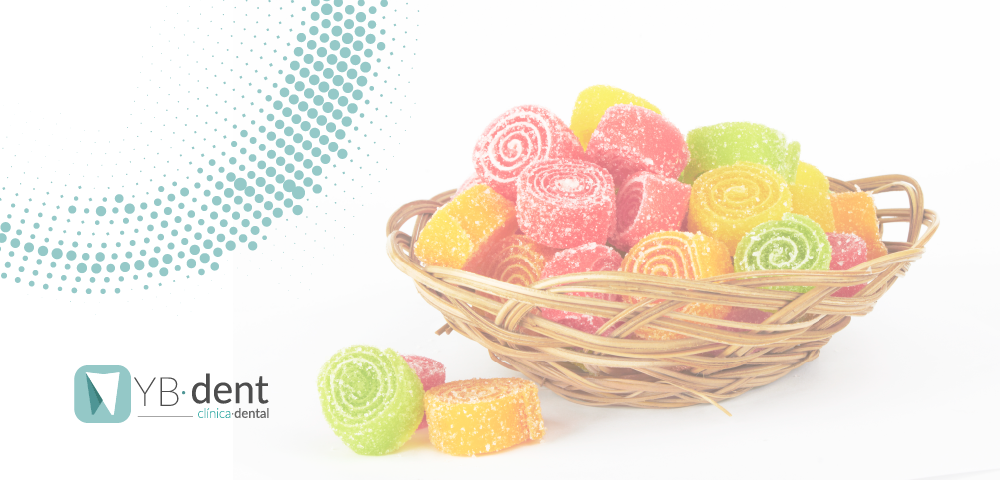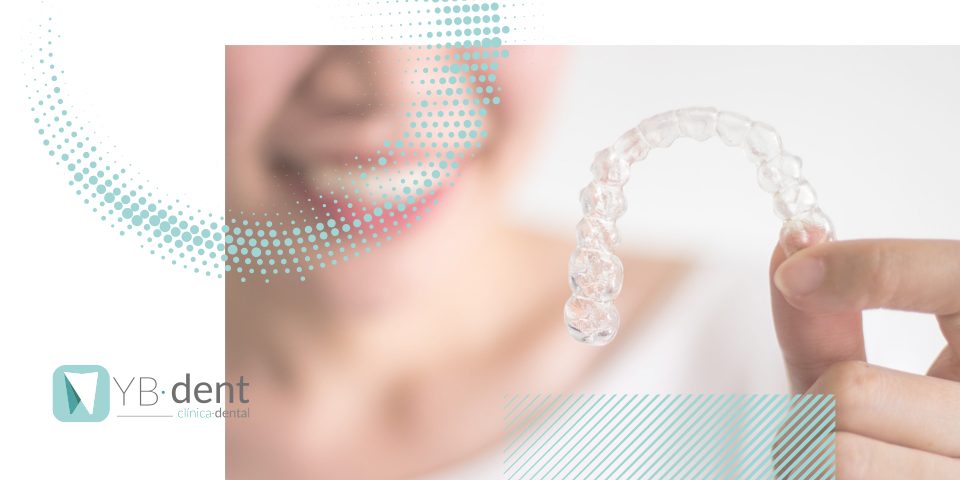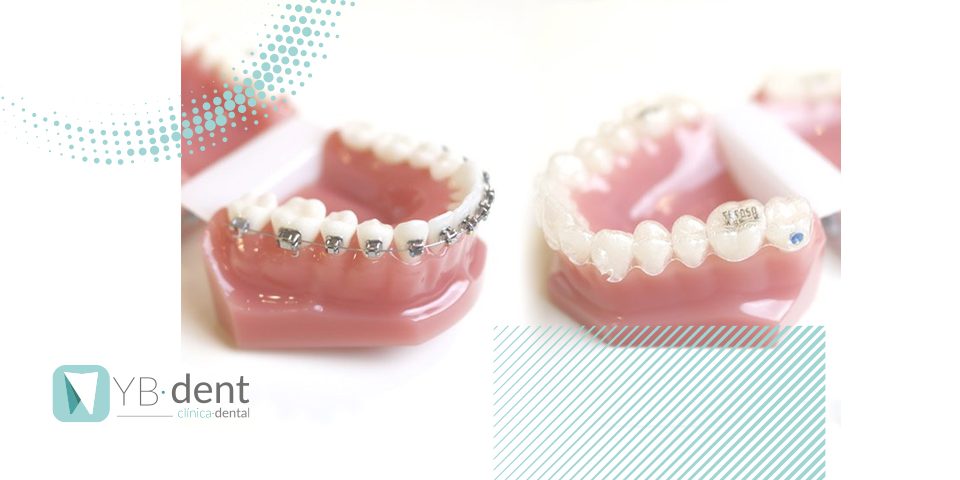Cómo afectan las golosinas a la salud dental

A pesar de lo deliciosas que están, todos sabemos que consumir golosinas y tener unos dientes sanos no es algo precisamente compatible. Está ampliamente demostrado que el consumo de azúcar puede provocar una aceleración en la formación de caries en la dentadura. A pesar de que no son la única fuente de problema para los dientes, en Clínica Dental YBdent vamos a ayudarte a conocer los dulces más peligrosos sin tener que renunciar, con moderación, a este pequeño capricho de vez en cuando.
Bajo esa apariencia inofensiva por su sabor delicioso, una textura suave y un aroma al que pocos pueden resistirse, las gominolas y caramelos suponen una gran amenaza para tu salud dental. De hecho, el consumo excesivo de azúcares, junto a una irregular higiene de la boca, son la principal causa de que aparezcan las caries, tanto en niños como en adultos.
No solo hay que tener cuidado con las gominolas
Aunque solemos echarle la culpa a la formación de caries en la dentadura exclusivamente a chicles, caramelos y otros dulces similares, el azúcar lo encontramos en una gran diversidad de alimentos que consumimos casi a diario en muchos casos, como los zumos, bebidas con gas o las frutas que contienen muchos azúcares ya sea en forma de glucosa, sacarosa o fructosa. Este problema se agrava si tenemos en cuenta que muchos de estos alimentos poseen componentes que desmineralizan el diente. Esto hace que las bacterias se acomoden en lugares sensibles para la salud bucal. Esto no significa en ningún caso que haya que eliminar estos alimentos de nuestra dieta. Simplemente ser conscientes de sus efectos negativos y aprender a minimizar los riesgos con unas pautas determinadas.
¿Cuáles son las golosinas más peligrosas para la salud dental?
A la hora de distinguir aquellos alimentos más perjudiciales para la salud de la boca no solo debemos tener en cuenta el contenido de azúcar que posea cada producto sino también la textura. Por este motivo, por ejemplo, un melocotón siempre será menos perjudicial que masticar un caramelo de nata. Distinguiendo según la textura, la clasificación de gominolas, de más a menos perjudiciales, sería la siguiente:
Gominolas blandas
Al adherirse a la superficie de las muelas, dejan restos sobre estas. Por este motivo, conviene lavarse la boca cuanto antes mejor ya que cuanto más tiempo permanecen estos restos en la boca, más probabilidades hay de que aparezcan caries.
Golosinas de chupar
Además de causar que se acumule una gran cantidad de azúcar en la saliva. Como se succionan repetidamente estos dulces la mandíbula realiza unos movimientos antinaturales. Esto puede provocar con el tiempo una alteración en la disposición de los dientes y morder los alimentos de una forma incorrecta.
Golosinas que se disuelven rápido
Por último encontramos los dulces que pasan un menor tiempo en contacto con las encías, ya que se disuelven rápido. En esta categoría encontramos los bombones y otras chucherías de chocolate que se digieren rápido después de ser masticadas. A pesar de ser las menos perjudiciales, también son dañinas para la dentadura por lo que conviene tener muy en cuenta sus efectos negativos.
En conclusión, podemos decir que las golosinas provocan un aumento de la placa bacteriana y de la acidez en la boca que facilitan la aparición de caries, inflamación de las encías y, en el caso de las gominolas más duras, fracturas en los dientes.
En Clínica Dental YB·dent somos conscientes de lo deliciosos que pueden ser esta clase de dulces pero conviene ser conscientes de sus peligros, con regularidad, visitar al dentista para comprobar es estado de nuestra dentadura, En nuestra clínica dental en Valencia estaremos encantados de ayudarte a cuidar tu salud dental con nuestra variada selección de tratamientos y técnicas. Nos encontrarás en C/ Viver 25, 46020 Valencia. Para cualquier consulta, llámanos a: 961 672 098 / 696 556 977



